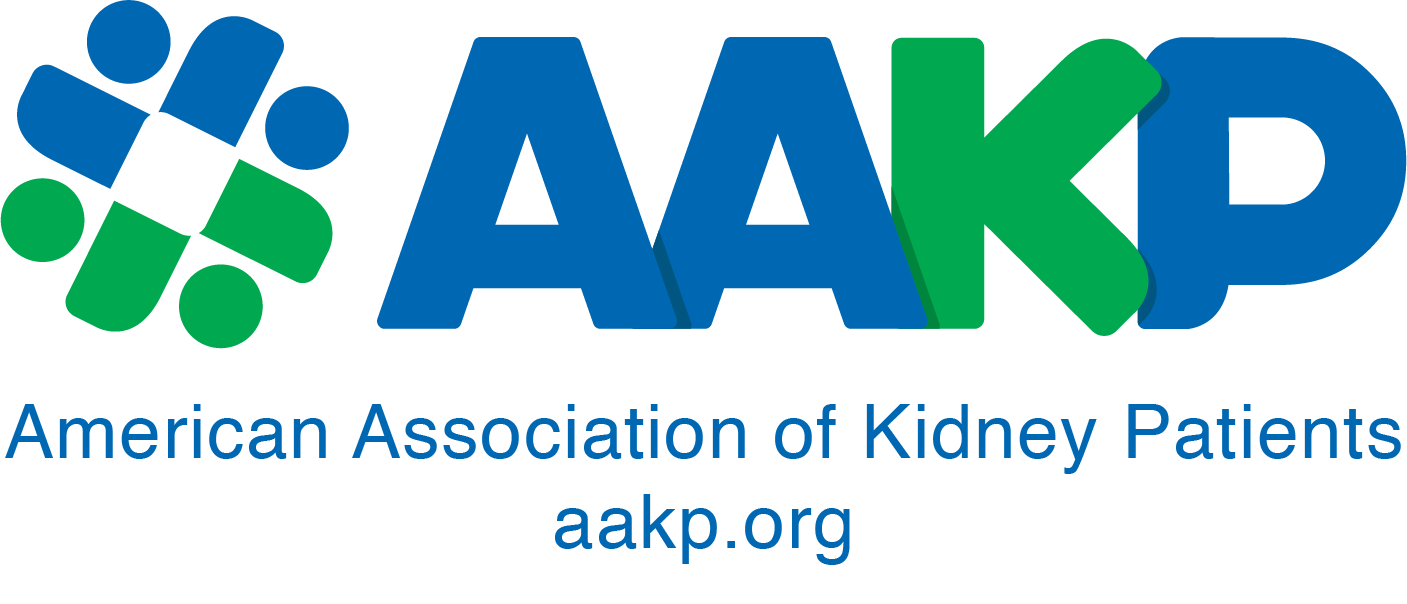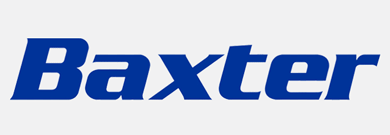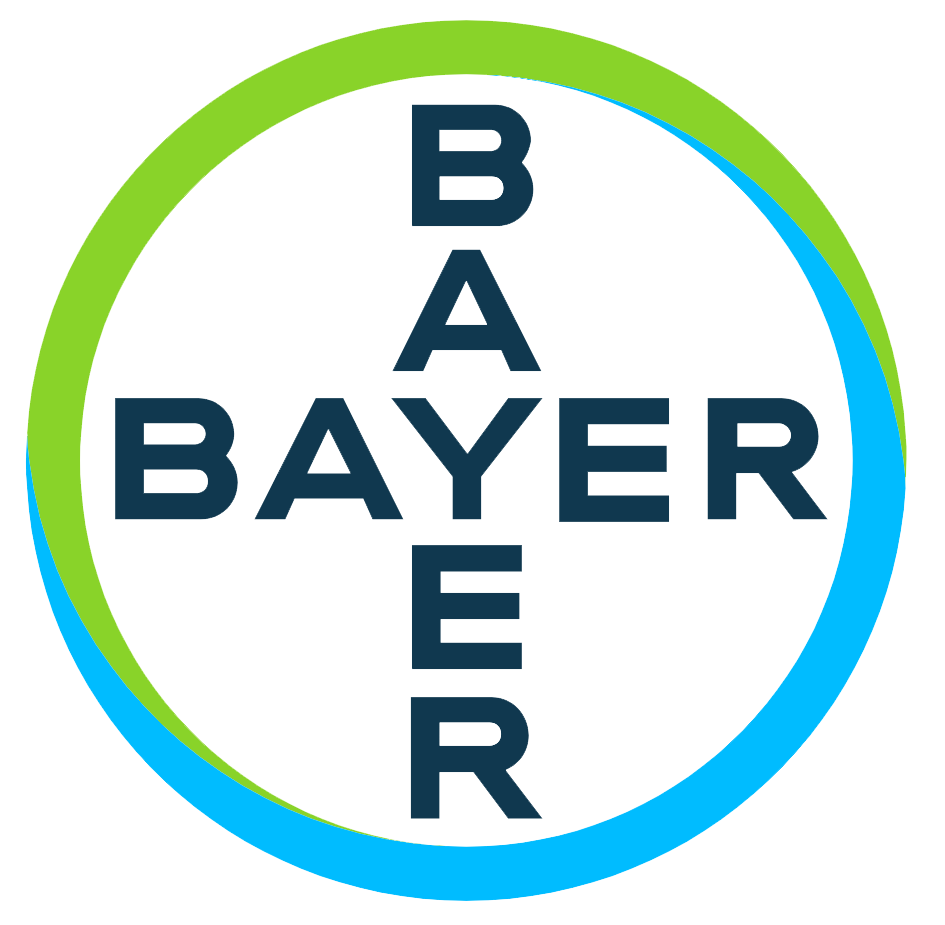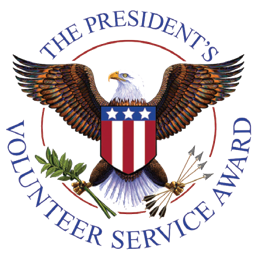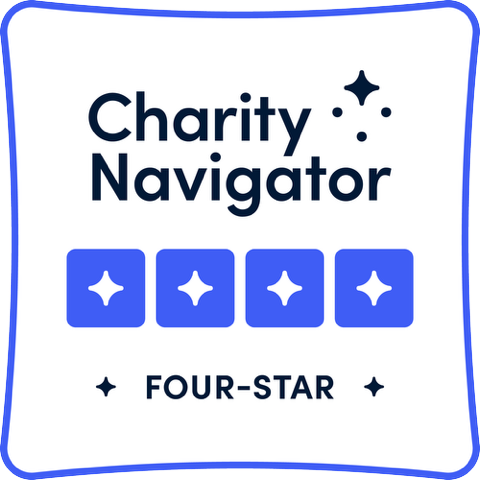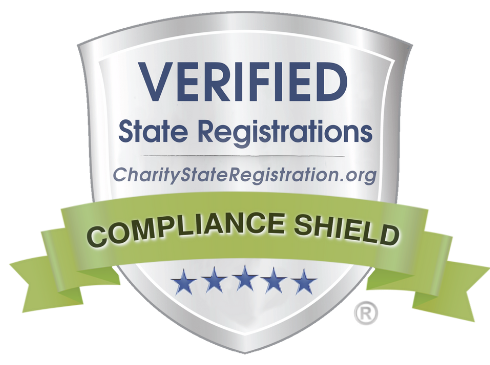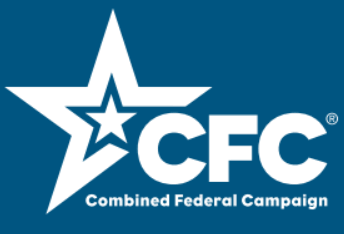By Jerome Bailey, AAKP’s Director of Patient Engagement and Advocacy
For Jimmie Bates, a home dialysis patient, and his wife and care partner Dawn, safety and infection prevention are central to their daily lives. The couple has built a routine centered on carefulness, communication, and mutual support, proving that education and awareness are key in protecting kidney patients from potentially life-threatening complications.
Staying Clean and Vigilant
“I always maintain good hygiene,” says Jimmie. “Before treatment, I clean my access with rubbing alcohol, then antibacterial soap, making sure to thoroughly rinse and pat dry with paper towels. I also make sure our puppy isn’t near my access.”
For Dawn, support comes in the form of strict routine and attention to detail. “As Jimmie cleans his access, I wipe down everything with bleach wipes before and after each treatment. I clean his access with rubbing alcohol multiple times during the process and wear gloves and a mask every time I cannulate. Handwashing and hand sanitizer are non-negotiables.”

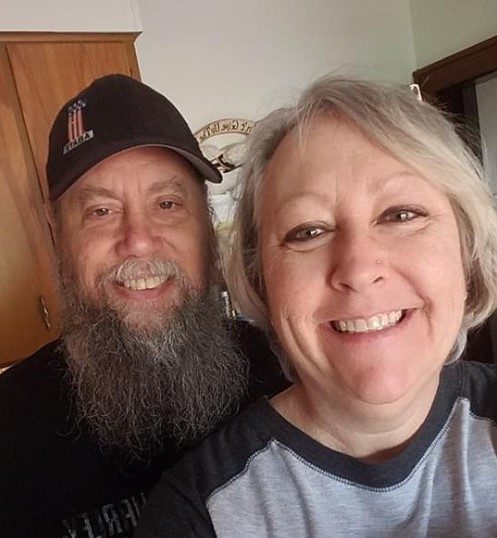
Training for Infection Prevention
Jimmie and Dawn were initially concerned when he had to use a central venous catheter (CVC) for dialysis, knowing the direct connection to the heart made infection prevention absolutely critical.
“We received specific infection prevention training when I had a CVC,” Jimmie explains. “That included proper handwashing, use of gloves and masks, cleaning each line before connecting, and even making sure windows are shut and ceiling fans are off during connection.”
Despite their efforts, Jimmie once developed a catheter-related bloodstream infection (CRBSI). “I had a low-grade fever, fatigue, and some redness and drainage at the site. My healthcare team acted quickly, cultured the drainage, and started antibiotics. Because we were both proactive, it was treated fast, and I avoided hospitalization.”
This experience only reinforced their preference for a fistula, though they remain prepared and confident in managing a CVC when necessary. “We were fully aware of infection prevention methods,” Jimmie adds. “Sometimes, things happen even when you do everything right.”
While Jimmie’s CRBSI didn’t significantly disrupt his dialysis schedule, it did affect his energy levels. For Dawn, the emotional impact was significant. “I was scared. Seeing him tired and drained, and knowing the signs of an infection worried me deeply. But we acted quickly, and his care team’s responsiveness helped ease my fears.”
A Call for Innovation – and Access
Both Jimmie and Dawn strongly believe that if patients and care partners had greater access to innovative solutions to avoid CRBSIs, they would absolutely demand them.
“People only know what they know,” Jimmie reflects. “Most education is a paper handout that might not even get read. If patients were aware of safer options, they’d ask for them.”
AAKP’s Every Patient Safe Campaign
Jimmie and Dawn’s experience aligns with the mission of AAKP, which recently launched the Every Patient Safe campaign during National Safety Month in June. As the largest independent kidney patient organization in the U.S., AAKP is using this year-long campaign to elevate public education on the unique risks kidney patients face, including serious COVID infections, HAIs, CRBSIs, future pandemics, and disaster-related care disruptions.
The campaign includes a wide array of resources, from infection prevention tools and educational videos to social media content and patient advocacy initiatives. Learn more here: https://bit.ly/EveryPatientSafe.
AAKP is also calling for expanded access to new FDA-approved technologies that reduce patient risks and give individuals more care choices. As part of the campaign launch, AAKP also created a comprehensive Emergency Preparedness resource hub, offering checklists, tips, and links to federal and partner resources to help kidney patients prepare for natural or man-made emergencies. Patients and caregivers can access these tools by visiting: https://bit.ly/AAKPEmergencyPreparedness.
Advice for Fellow Patients and Dialysis Facilities
Jimmie has never personally witnessed improper hygiene or missed steps during dialysis, either in-center or at home, but he strongly advocates for patients to take an active role in their care.
“It’s vital for patients to speak up if something doesn’t look right. Yes, it can be intimidating, especially in-center where people are vulnerable, but it’s their life on the line.”
Dawn believes dialysis facilities could do more to involve care partners in infection prevention training. “We should be included in every educational conversation. Two sets of ears are better than one, and care partners can often help remember what the patient might forget, especially if they’re dealing with ‘dialysis brain.’”
A Shared Responsibility
Infection prevention isn’t a solo effort, it’s a shared responsibility between patients, care partners, and healthcare teams. Jimmie and Dawn’s story highlights the importance of proactive care and ongoing education, echoing the call behind AAKP’s Every Patient Safe campaign: informed patients and empowered care partners are essential to safer, more effective dialysis treatment.
